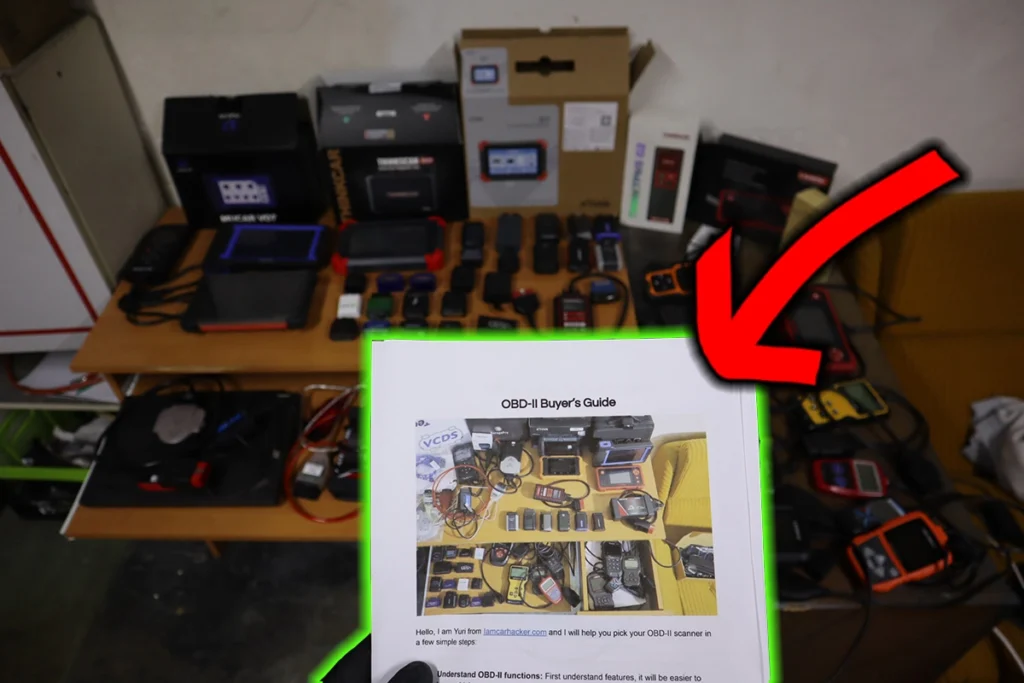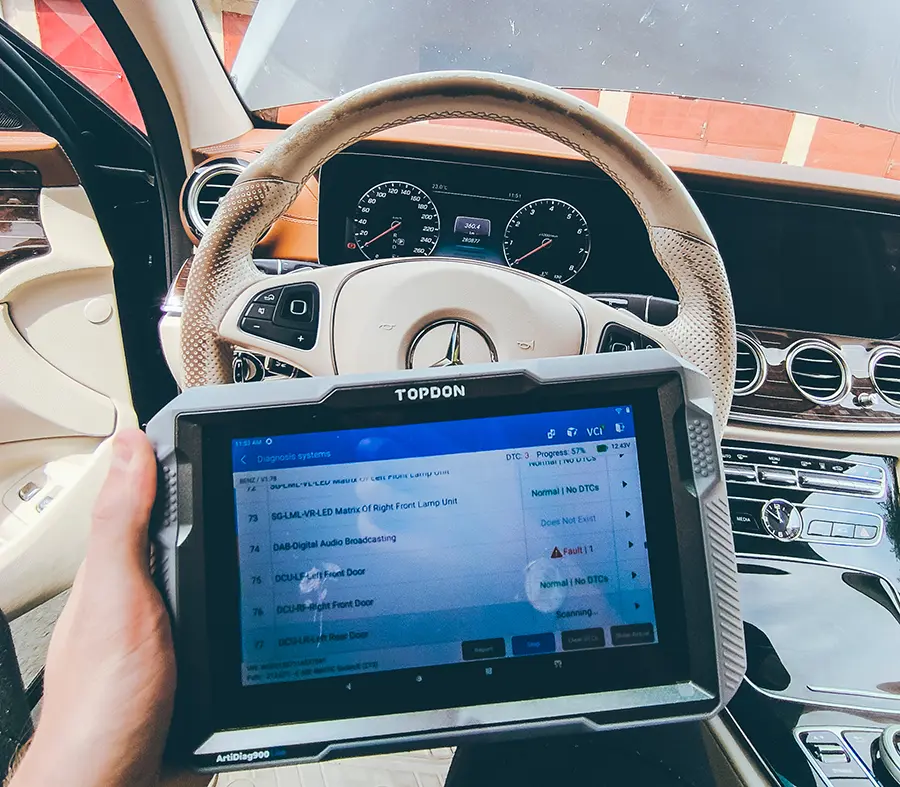Let’s clear up a big myth:
You can’t magically detect odometer fraud on every car — not even with a $10,000 scanner.
I’ve scanned a ton of used cars over the years. Sometimes I find mismatched mileage in the control modules. Sometimes… there’s nothing. It all depends on the car.
Let me walk you through how I do it — and what to expect if you try this yourself.It’s not about the tool. It’s about the car.
There’s no secret scanner that catches every rolled-back odometer.
What you actually need is full system access. That means reading live data from multiple control modules like the engine, ABS, transmission, BCM, or even the radio.
Some affordable tools that can do this:
Basically, if your scanner can read live data from all systems, you’re good. You don’t need anything fancy.
I’ve used all of these during used car checks, and they work great if the mileage data is stored somewhere in the car.
When it works and when it doesn’t
Here’s the rule I go by: the newer the car, the better your chances.
Most cars built after 2015 might store mileage in multiple modules. Before that, it’s hit or miss.
Some older cars won’t store it at all, even if you check every module.
For example, I scanned a 2008 Skoda Fabia. No mileage records anywhere.
But when I scanned a 2017 Mercedes E-Class, I found mileage stored in three different modules.
So if you ask me whether your 2012 car has mileage records, I can’t say unless I’ve personally scanned that exact model and year.
How to actually find hidden mileage
Once your scanner is plugged in, go through each module one at a time.
In each one, go into live data and search for anything that looks like:
- Distance
- Mileage
- Control module distance
- Total distance driven
Every brand uses different names, so you may have to do some digging.
Some scanners let you search live data. Some don’t.
If there’s no search, scroll through everything manually.
If nothing shows up, it might be under a weird name. Or the car just doesn’t store it.
Use working hours as a backup check
Sometimes, even if you can’t find mileage, you’ll find something called working hours. That tells you how long the engine has been running.
Then you can compare that to the mileage on the dashboard and calculate the average speed. It’s not exact, but it gives you a clue.
If a car shows 200,000 km and 50,000 working hours, that’s only 4 km/h average. That makes no sense.
Even city cars should be averaging around 30 to 50 km/h.
I used this trick on an older Mercedes S500 once. No mileage data anywhere, but I found working hours. And based on the math, I knew something was off. It gave me peace of mind that the odometer wasn’t telling the full story.
Real mismatches = negotiation power
I’ve found plenty of cars where the mileage in the control module didn’t match the dashboard.
One time I scanned a Mercedes E-Class. Dashboard said 280,000 km.
A module showed 300,000. Just a 20k difference, but still a red flag.
Maybe the cluster was swapped, maybe it was rolled back and this module just didn’t get reset.
We used that to knock 6,000 euros off a 23,000 euro asking price. Even small differences can help you negotiate.
What scanner should you use?
Any scanner that supports full system scanning and live data will do the job.
If you want my full list, here’s what I recommend and keep updated:
Best Scanners for Used Car Checks
Free PDF: How to choose OBD2 scanner

I’ve made you a free PDF to choose the OBD2 scanner in 5 minutes.
✅ Which OBD2 scanner is best?
✅ Which type should you get (DIY, Pro, Hobby)
✅ What is the best scanner for the exact brand/feature (e.g best for BMW)
✅ How to get a Bi-Directional tool for as cheap as $40
✅ Discount coupons for scanners
PDF is 100% free and it is designed to help you pick a scanner in less than a few minutes! Not a boring 50-page guide.
Just tell me where to send it.

Hi, I am Juraj “Yuri” Lukacko. I got frustrated by unhelpful and scammy mechanics, so I decided to learn everything about car diagnostics myself. I test dozens of new car diagnostic tools every month along with learning new strategies to fix and customize cars. About Juraj Lukacko (Yuri)
